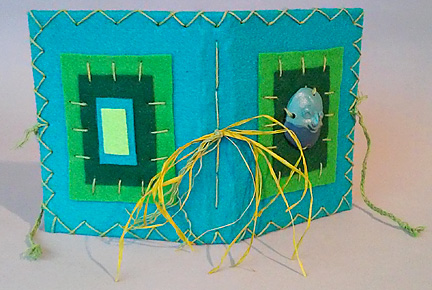“We Right The Book” VI
I was honored to serve as Artist in Residence at Verdugo Hill High School in Tujunga, CA (Los Angeles) for a group of 41 Senior English class Visual and Performing Arts (VAPA) students.
Our project , “We Right the Book” was supported by an Artist in Residence grant from the City of Los Angeles Department of Cultural Affairs. I worked with the students on a series of bookmaking projects during weekly workshops held right in the classroom from September – December, 2017.
The students’ completed book works were exhibited at the Sunland-Tujunga Branch Library on December 13, 2017.
Accordion fold books, flag books, tunnel books, scrolls, and side bound books…the results were stunning.
Below is a digital tour through the show.
Each student’s works were displayed together, except the scrolls, which were hung on the walls.

Students created extraordinary Tunnel Books with whimsical, innovative and imaginative use of materials.
They made Flag Books…with “Found” (collected from existing print media) Writing.
and Accordion Fold Books…
with elaborate pop-ups.
The students completed their final projects for the class in their side bound books…the theme: IDENTITY…Who they are…Where they want to go…How they see themselves.
A Junior VAPA English student peruses the side bound books. She looked at each and every one.

I would love to work with her next year!
Fingers Crossed for next year’s Residency!
Thank you, LA DCA.




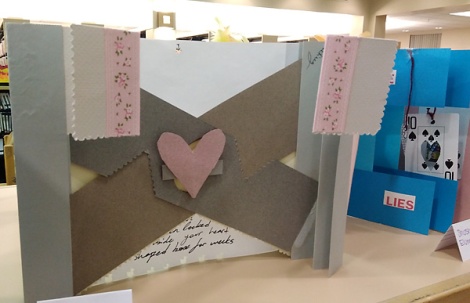
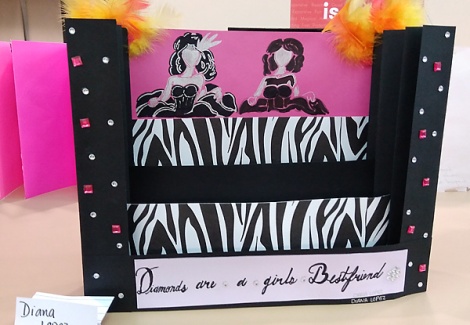

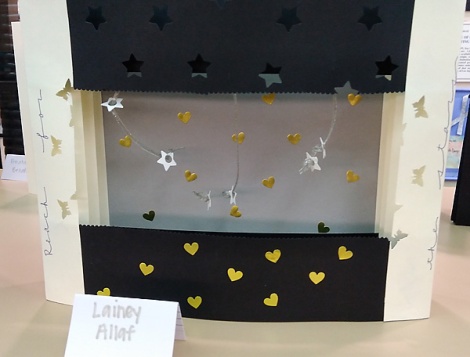





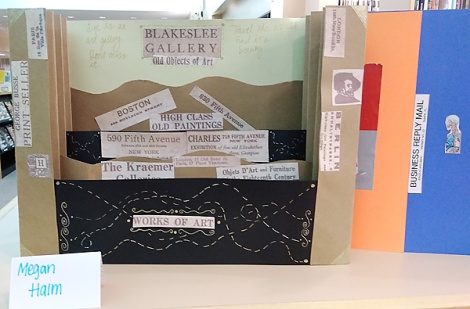
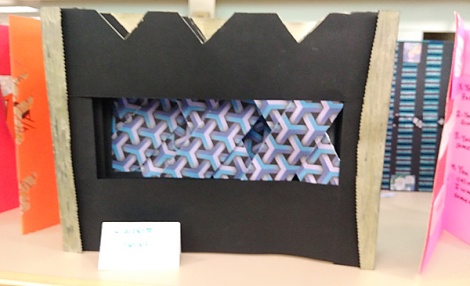


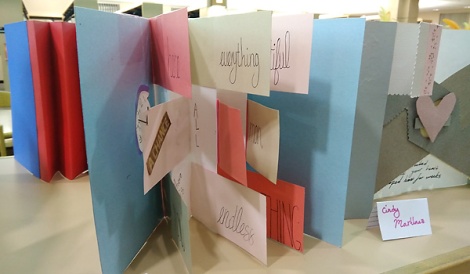

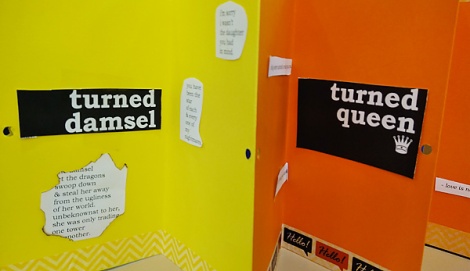
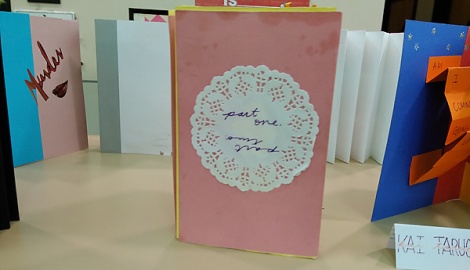

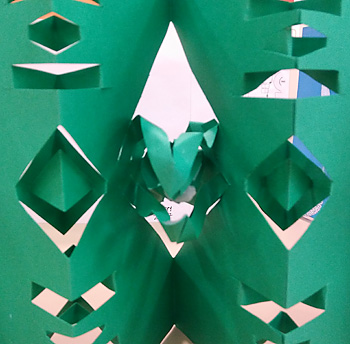


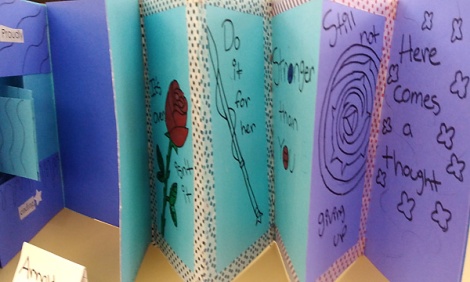
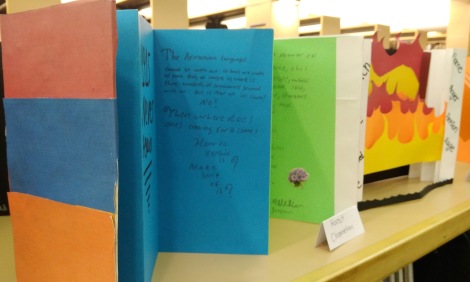

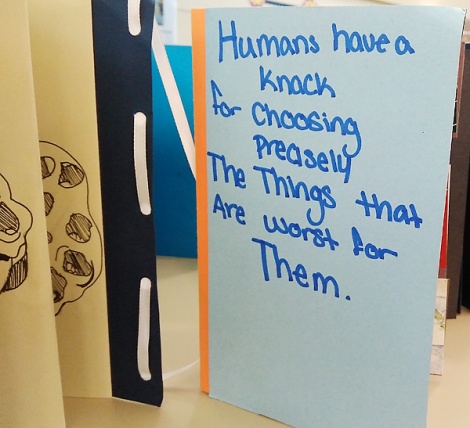
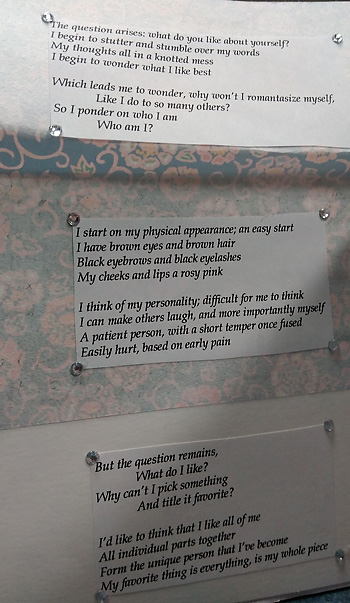


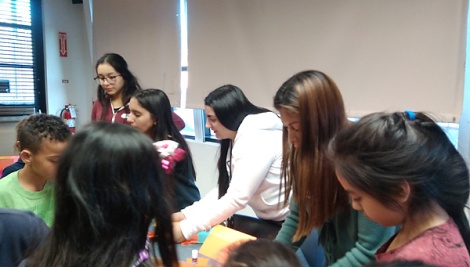
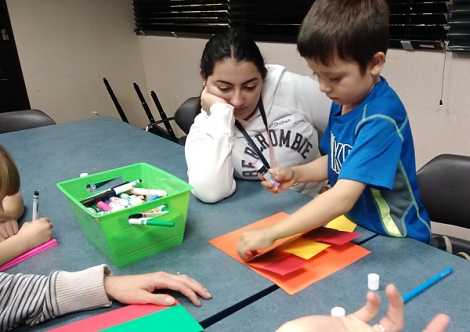


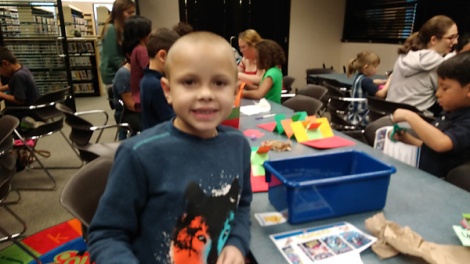
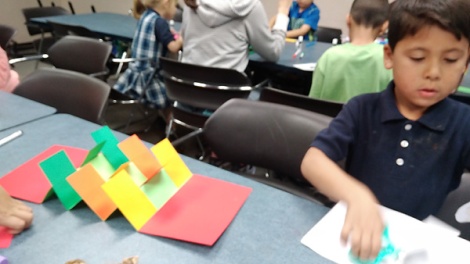


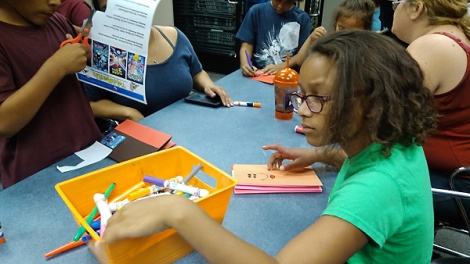



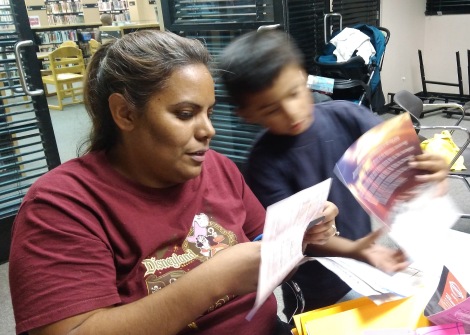
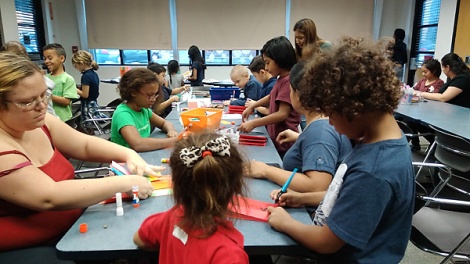

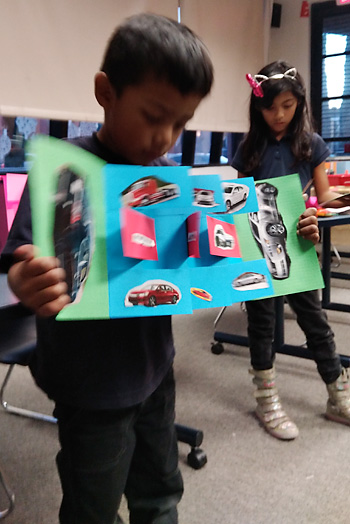
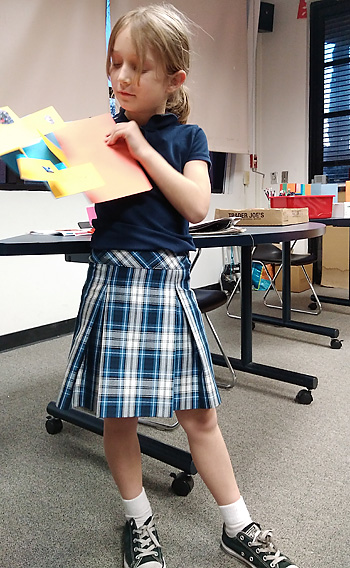

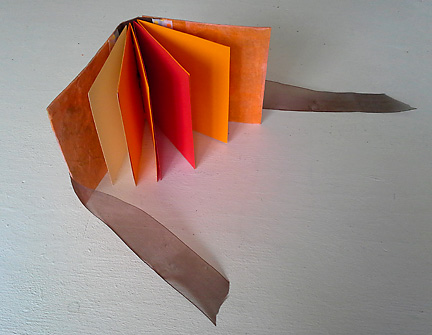





































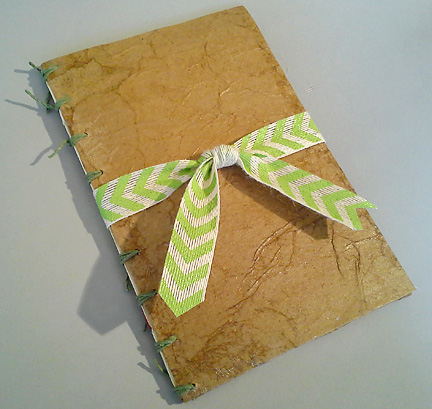









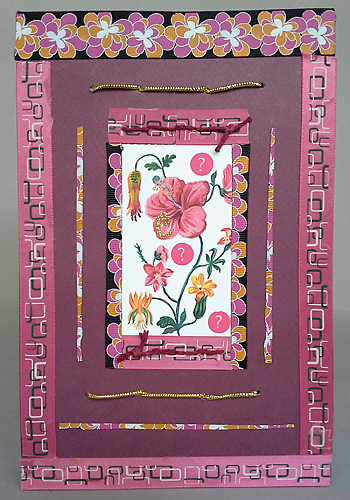






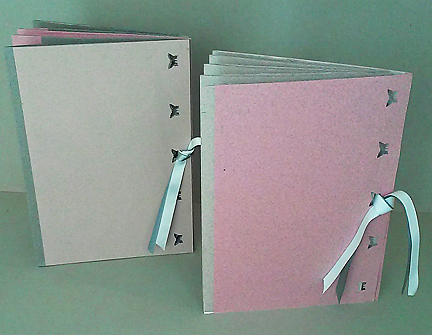







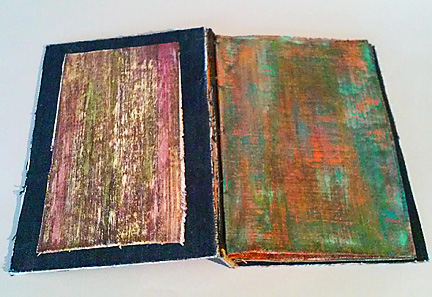




 The series is comprised of small (approximately 4.5 x 6 x1-1.5″), single and multiple
The series is comprised of small (approximately 4.5 x 6 x1-1.5″), single and multiple 




